Certificate of Attendence
Available in the participante area


One line registration
Starts August/2017
Abstract submission
Ends by 31/01/2018
Abstracts acceptance
After 15/03/2018
Early registration
Ends by 15/04/2018
Regular registration
Ends by 12/05/2018
Cancelation and refund
Ends by 12/05/2018
C1.1 - Soil morphology and micromorphology
C1.1.1 - Using soil morphology and micromorphology indicators of soil health
C1.1.2 - Structural indicators of soil quality using X-ray computed tomography:
C1.1.3 - How to use micromorphology to understand palaeosols and polygenetic soils?
C1.2 - Soil geography
C1.2.1 - The geography of soils in a changing world
C1.2.2 - Remote sensing applied to soil science
C1.3 - Soil Genesis
C1.3.1 - Soil-forming processes and their transformation under human impact
C1.3.2 - Soil pedogenesis and diversity in extreme environments
C1.3.3 - Anthrosols - the human constructed soils
C1.4 - Soil classification
C1.4.1 - Soil systems and soil classification - their links and feedbacks
C1.5 - Pedometrics
C1.5.1 - Global soil carbon modeling
C1.5.2 - Crucial techniques for the critical zone: Soil morphometrics, monitoring & modeling
C1.5.3 - Reconciling pedometrics and pedology
C1.6 - Paleopedology
C1.6.1 - Human-environment interactions recorded in soils and palaeosols
C2.1 - Soil physics
C2.1.1 - Soil structure dynamics
First Session (a); Second Session (b)
C2.1.2 - The role of soil physics in water conservation and food security
C2.2 - Soil chemistry
C2.2.1 - Soil organic matter dynamics from molecules to landscapes
C2.2.2 - Life on the interphase: interactions between soil geochemical and biological traits
C2.2.3 - Soil and water pollution: dynamics and evaluation
First Session (a); Second Session (b)
C2.3 - Soil biology
C2.3.1 - Soil microbiological processes and nutrient cycling under crop rotation
C2.3.3 - Rhizosphere mineral dynamics: soil-plant-microorganism
C2.4 - Soil mineralogy
C2.4.2 - New techniques for advanced mineral studies
C2.4.3 - Influence of biological process in mineral formation
C2.5 - Soil chemical, physical and biological interfacial reactions
C2.5.1 - Soil interfacial reactions and their control of biogeochemical cycles
C2.5.2 - Advances in techniques to investigate soil interfaces to understand interfacial reactions
C3.1.1 - Recent advances in terroir zoning, functioning and sustainability
First Session (a); Second Session (b)
C3.1.2 - Multi-scale and multi-domain approaches to develop smart farming
C3.2 - Soil and Water Conservation
C3.2.1 - Managing and remediating floodplain and wetland soils
C3.2.2 - Soil management in organic production and agroecology
C3.2.3 - Artificial drainage systems: maintaining soil functions and protecting water resources
C3.2.4 - Nutrient and contaminant transport in drained soils
C3.2.5 - Soil erosion modelling: Global Alliance
C3.2.6 - Agricultural management to protect soil resource to support a growing population
First Session (a); Second Session (b)
C3.3 - Soils and land use Change
C3.3.1 - Nitrogen use efficiency (NUE) in tropical soils First Session (a); Second Session (b)
C3.3.2 - Nutrient budgets in agricultural soils
C3.3.3 - Advancement of plant nutrition studies for sustainable agriculture First Session (a); Second Session (b)
C3.3.4 - Greenhouse gases emissions associated with fertilizer use
C3.3.5 - Soils for mitigating global warming: greenhouse gas emission reduction and/or enhancing carbon sequestration
First Session (a); Second Session (b)
C3.3.6 - Sustainable phosphorus fertilizer use in tropical soil
C3.3.7 - Contribution of zero tillage (no-till) to sustainable use and management of soils
First Session (a); Second Session (b)
C3.3.8 - International nitrogen initiative
C3.3.9 - Management of soils recently impacted by volcanic activity
C3.3.10 - Beneficial management practices for sustaining soil fertility
First Session (a); Second Session (b) ; Third Session (c)
C3.3.11 - Biochar for soil fertility management
C3.3.12 - Sustainable land management in rural basins belonging to the south cone of Latin America
C3.5 - Soil Degradation control, remediation and reclamation
C3.5.2 - Native metallophytes from mine spoils as a potential source for phytoremediation
C3.5.3 - Frontier of soil quality evaluation after remediation of contaminated field
C3.5.4 - Antibiotics and their resistance in agricultural food production
C3.5.5 - Radionuclides in soils: pollution sources and sustainable remediation approaches
C3.5.6 - Biogeochemical fate of radiocesium in terrestrial environment: Advances after the Fukushima accident
C3.6 - Salt-affected soils
C3.6.1 - Oasis soils: can our wisdom and experience survive in Anthropocene
First session (a); Second Session (b)
C3.6.2 - Salinity mapping and modelling salinization processes
First session (a); Second Session (b)
C3.6.3 - Salinity management and remediation of salt-affected soils
First session (a); Second Session (b)
C3.6.4 - Impact of land use change on soil and the environment in dry regions
First session (a); Second Session (b)
C2.4 - Soil mineralogy
C4.1 - Soils and the Environment
C4.1.1 - Soil ecosystem services
C4.1.2 - Climate change and adaptation of soil functions
C4.1.3 - Soil in the Anthropocene
C4.2 - Soils, food security, and human health
C4.2.1 - Soil and Human Health First Session (a); Second Session (b)
C4.2.2 - Soil quality and food security in the tropics
C4.2.3 - Soil quality to secure human and environmental health
C4.3 - Soils and land use change
C4.3.1 - Ecological soil management systems and soil quality
C4.3.2 - Assessment and inventory of land use change under the SDG´s perspective
C4.4 - Soil education and public awareness
C4.4.1 - Soil science education in the 21st century
C4.4.2 - Soil education and public perception of soils
C4.4.3 - Placement and accreditation of soil science in the workforce related to natural resources
C4.5 - History, philosophy, and sociology of soil science
Dear participants of the 21th WCSS,
We are sharing the images taken at the Convention Center to remind you of the great time we had during the event.
Our best and thanks again to all that helped to make this a special moment.
To see the photos, please visit:
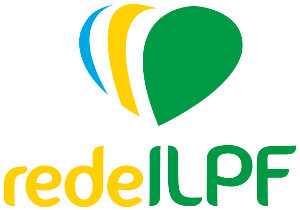
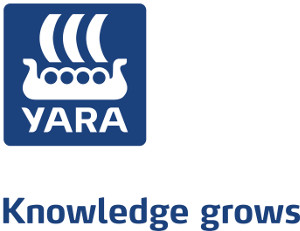
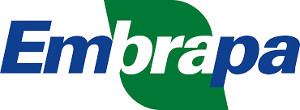


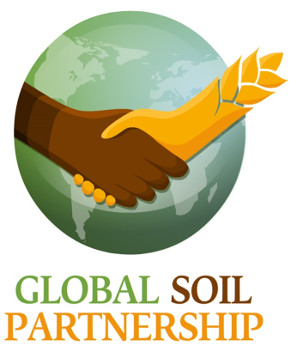
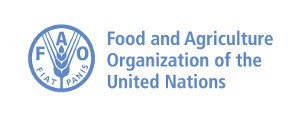
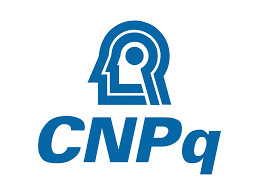
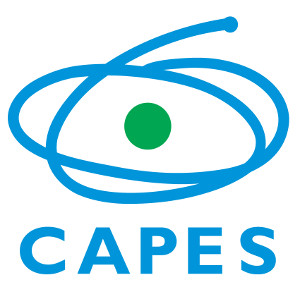
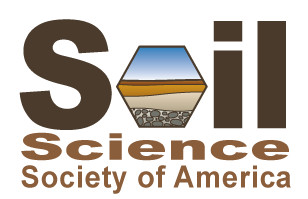
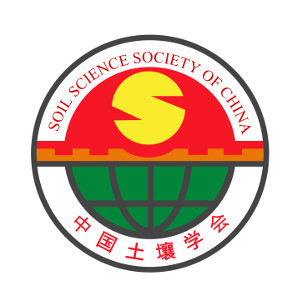
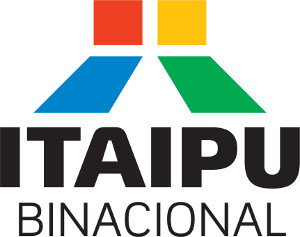


Além Mar/ Li-Cor
British Society of Soil Science
Copernicus
DFG- Deutsche Forschungsgemeinschaft
Euro Soil
InterMag
Livraria UFV
Marconi
Neobio e Microanalysis
Spectral
Tecnal
Tourism Toronto
Umwelt-Geräte-Technik GmbH
AMS, Inc.
Astro 34
CSIRO Publishing
Elsevier
European Commission
Gasmet
Jacto
MIDI
Ralco
Sentek
Soilmoisture Equipments
Springer
© 2017 21st WCSS - All rights reserved
Sociedade Brasileira de Ciência do Solo (SBCS)
Departamento de Solos - Edifício Sílvio Brandão, s/n
Cx.P. 231 - Campus da UFV CEP 36570-900 - Viçosa-MG
Fone: +55 31 3899-2471 - sbcs@sbcs.org.br; www.sbcs.org.br